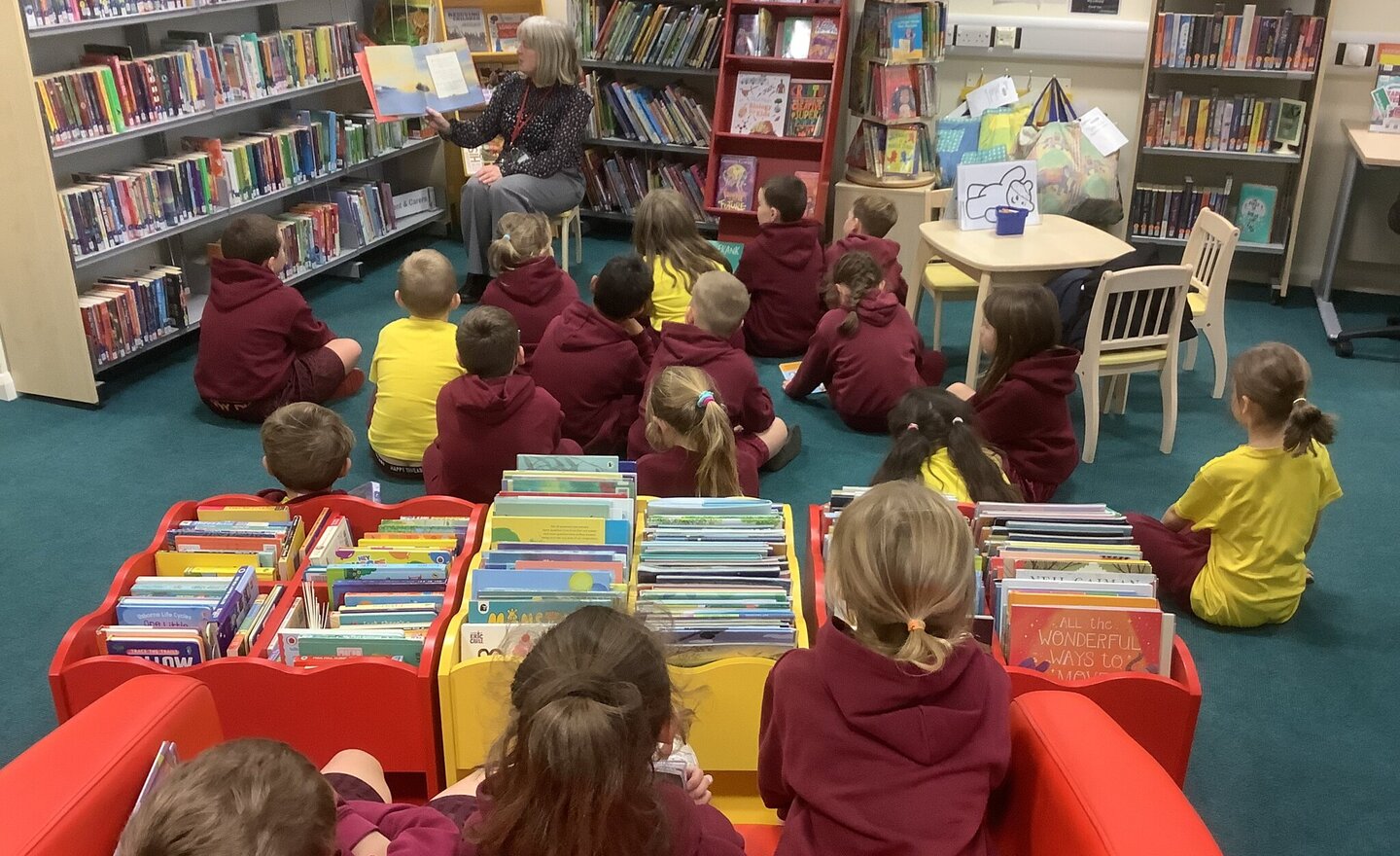Our Vision
At St Bridget’s, English and the teaching of English is the foundation of our curriculum. The overarching aim of English in the national curriculum is to promote high standards of language and literacy by equipping pupils with a strong command of the spoken and written word and to develop a love of literature through widespread reading for pleasure.
English equips pupils with a uniquely powerful set of tools to understand and engage with the world. These tools include the ability and confidence to communicate clearly and effectively using both spoken, and written words, to listen with understanding and to be responsive, knowledgeable readers. English is integral to all aspects of life and, with this in mind, we endeavour to ensure that children develop a positive and enthusiastic attitude towards all areas of English that will remain with them in order to achieve their full potential in life and make a valuable contribution to society.
Our Aims
By the end of KS2, we aim for our pupils to:
- Read with confidence, fluency and understanding.
- Love to read for information and for pleasure and read a wide range of books by different authors, including classic texts from our literary heritage, and to challenge themselves within their choices.
- Write clearly, accurately and coherently, adapting their language and style in and for a range of contexts, purposes and audiences.
- Understand a range of text types and genres – be able to write in a variety of styles and forms appropriate to the purpose.
- Understand how grammar and punctuation is used and applying this knowledge when reading and writing.
- Have an interest in words and their spelling and meanings, developing a growing vocabulary in spoken and written forms.
- Refine their writing with the use of a range of independent strategies to self-monitor and correct by being able to identify areas for improvements in all pieces of writing, editing their work effectively during and after the writing process.
- Present their written work in a clear, organised way, appropriate to the genre.
- Take pride in the presentation of their writing, including developing a neat, legible and fluent cursive handwriting style.
- Have a suitable, age appropriate technical vocabulary to articulate their responses.
- Be able to listen attentively with understanding and be able to express their views clearly in a range of situations such as discussions, presentations and debates.
- Develop their powers of imagination, inventiveness and critical awareness.
- Practise, consolidate and develop English skills across the curriculum.
Our Curriculum
Reading and writing are closely linked and taught through a selection of rich, core texts.
Reading
At the heart of our curriculum, we aim to foster a deep love of reading and a passion to explore a wide range of vocabulary and stories. Through enjoying literature, our children develop efficient skills, which equip them for the next stage of their lives.
For full information on reading in the Early Years at St Bridget’s, please visit the Phonics and Reading page of the curriculum area of our website.
Reading in Key Stage One and Two:
All classes take part in daily reading activities. All children are involved in whole class reading to ensure that everyone in the class has exposure to age appropriate texts, including contemporary picture books, contemporary novels, heritage texts, seminal authors/poets, modern and classic poetry and non-narrative texts covering a wide range of topical themes. Teachers carefully choose a variety of medium to teach reading, including newspaper articles, video clips, extracts from novels etc., covering a breadth of topics. The texts are carefully selected to ensure children will be appropriately challenged with the level of vocabulary and to ensure that they are relevant to topics, current world events and the interests of the children. Teaching and learning is centred on developing the core skills of retrieval, vocabulary, inference, prediction, sequence and summary.
Children are encouraged to choose reading books from their classroom library to read independently for pleasure at a level appropriate to their reading ability and to further develop their knowledge of different authors. Once children become confident and fluent readers, they are able to have free choice from the classroom library and are encouraged to read a wide range of books by different authors.
Writing
Through a foundation of reading, children develop into competent, skilful writers who can write for a variety of purposes and audiences, sparking interest and engaging the reader. Writing is taught discreetly in daily English lessons but many opportunities to put these skills into practice are provided across the curriculum. For example, children may write a diary entry from the point of view of a Biblical character in an R.E. lesson, a non-chronological report about a country in a geography lesson, an explanation text in science, an instruction text in Design and Technology, a newspaper report about an historic event in history, etc. Opportunities are also provided to develop digital literacy skills with the use of iPads, including access to the internet.
Composition
Composition refers to writing for a specific purpose and audience. From KS1, children are taught to master the writing style of differing text types – beginning with Narrative and Instructional writing and progressing throughout KS2 to include Explanatory texts, News Reports, Biography, Autobiography Playscripts (including an introduction to Shakespeare), Poetry (including an introduction to Shakespeare’s sonnets) and onto more complex genres e.g. persuasive and discursive writing.
Cross-curricular writing opportunities provide an engaging and purposeful stimulus for children. They are encouraged to develop resilience throughout the writing process. Within a writing sequence, the children learn to embed language and form. They learn about the structure and organisation of a variety of text types. Extended opportunities for discussion of writing, e.g. role play, pair talk and drama are used to prepare children for the writing process. Shared writing provides an opportunity for the teacher to demonstrate and model writing including the thought processes that are required. The editing and redrafting process, which all writers require, is an integral part of the sequence. Teachers are explicit when teaching genre features as well as grammar and punctuation rules within the context of writing. Children are given opportunities to discuss, verbalise and refine ideas. The success criteria is developed through the teaching sequence as the children explore the effect they want their writing to have on the reader.
Grammar and Punctuation
Grammar and punctuation is taught and put into practice through the genres of writing. Teaching and learning is linked to the specific features of the text type being studied to make it purposeful with the intended writing outcome. Specific knowledge and skills are explicitly taught in standalone lessons to embed and develop children’s understanding or to consolidate skills.
Spelling
Each year group is taught a specific set of spelling concepts which have been mapped out in accordance to the National Curriculum and designed to ensure progression of knowledge and skills. Spellings are explicitly taught in discreet spelling lessons, reinforced throughout the week and assessed on an ongoing basis so that any gaps can be quickly identified and addressed. Children regularly use a dictionary and thesaurus to support their understanding of spelling concepts and to extend their repertoire of vocabulary.
Handwriting
At St Bridget’s, children are taught to develop a neat, legible style of handwriting using a cursive script. In KS1, handwriting lessons are delivered twice weekly, where the focus is on correct pencil grip, letter formation and size. As children progress through to KS2, the twice weekly lessons focus on clear and neat presentation and on developing fluency, and their own personal style. At St Bridget’s, we aim to instill the children with a sense of pride and ownership over their work and as such using a neat, legible handwriting style is reinforced across the curriculum.
Enrichment
English at St Bridget’s is enriched through a wide range of opportunities both in and out of school. We welcome visitors into school e.g. author visits and book fairs. At St Bridget’s we have developed close links with our local library and children visit the library each term to browse and exchange books. The Library Van visits once a term, giving children the opportunity to exchange library books to refresh the range of books in their class library. Each class receives a termly ‘Topic Box’ from the library to provide additional reading to support other curriculum areas and every child receives a password to access books on ‘Curriculum Visions’, giving them access to a wide range of books to support curriculum learning. Every year, St Bridget’s take part in World Book day, fun and varied activities are planned to develop a love of reading and to celebrate our rich literary heritage. To promote reading at St Bridget’s, children are encouraged to ‘Strive for Five’ each week where reading with an adult out of school for a minimum of five times a week is recognised and celebrated. Children regularly take part on Choral Speaking Festivals and local speaking and drama festivals. To enhance their literary exposure, Years 3 and 4 visit ‘Theatre by the Lake’ each Christmas to watch a professional theatre production and experience live theatre. Year 6 take part in ‘Play-in-Day’ each year where they familiarise themselves with a Shakespeare Play then rehearse and perform it to the whole school at the end of the day.
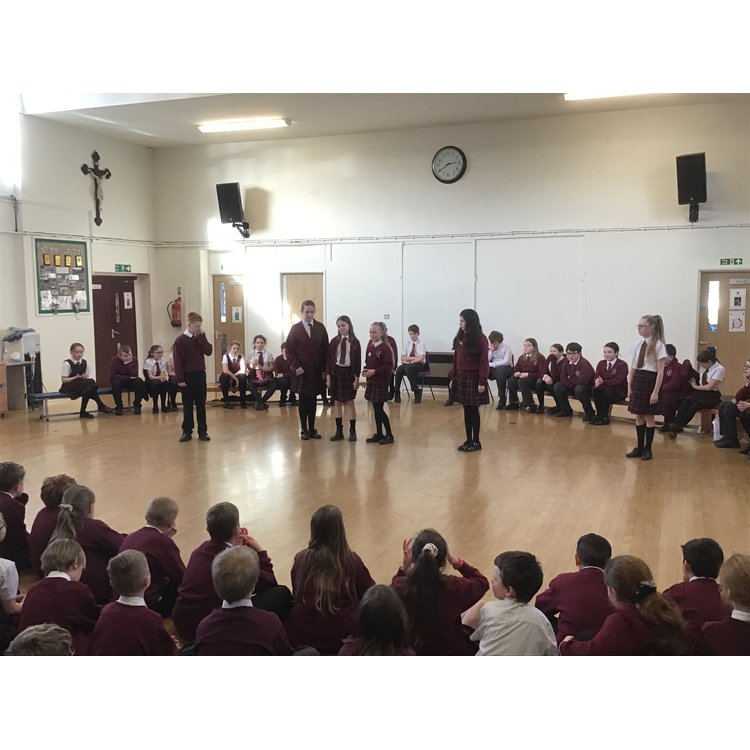
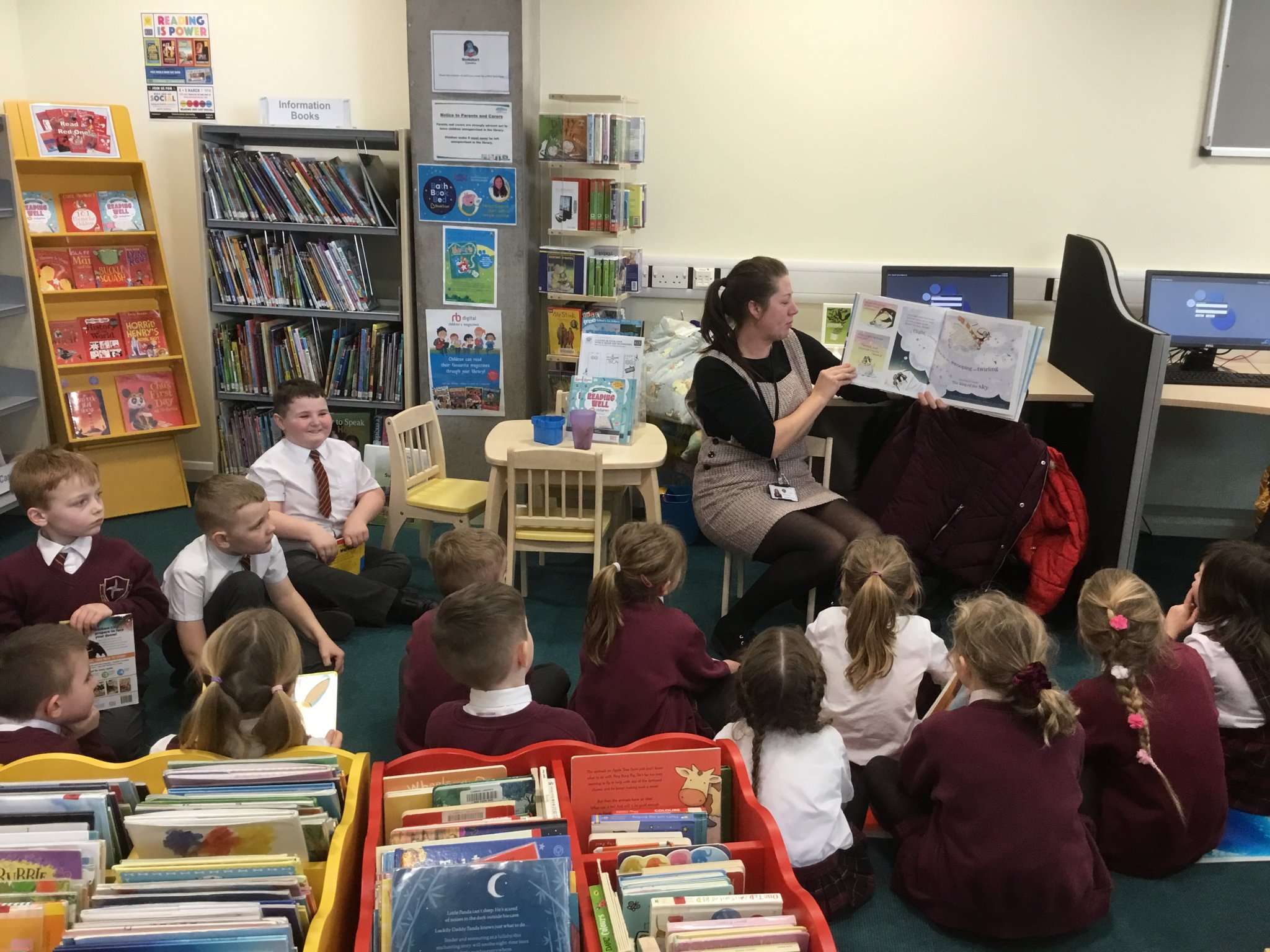
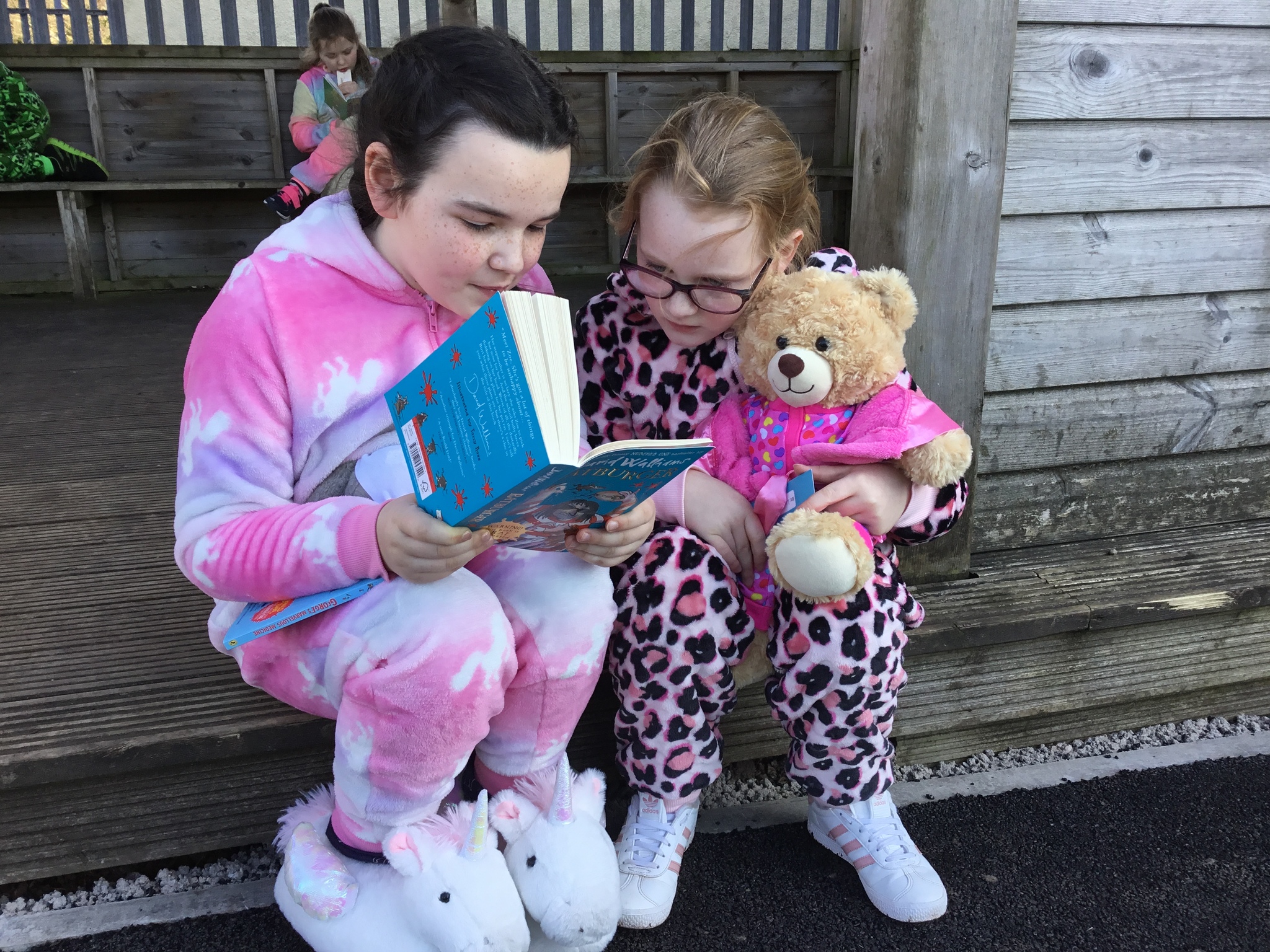
Reading Curriculum Overview
Writing Curriculum Overview
Related News

Year 1 Phonics Screening Check Success 2025
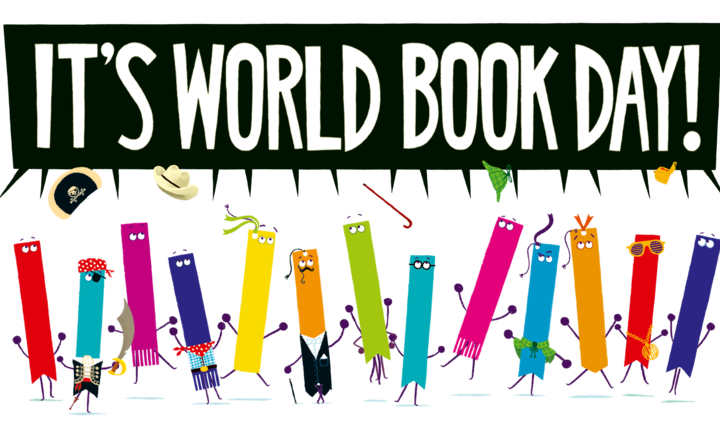
World Book Day 2024
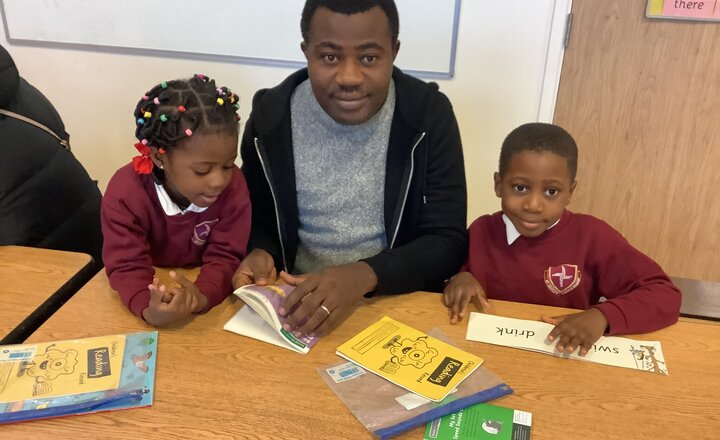
RWI Stay and Read Session
Related Blog Posts
Talking for Writing Year 6
Our Year 6 pupils have been exploring poetry through the theme of memories. Today, as we prepare to write our own poems, the classroom has been buzzing with conversation—students jotting down ideas, swapping stories, and reflecting on the moments that matter most to them. It’s been a wonderful mix…
Year 5 Research on Greece
Year 5 are writing stories set in another culture. Their chosen culture is Greece, as we have been learning about Ancient Greece in History. To help them with this, the children have been researching different aspects of Greek culture. They explored the weather, climate, environment, language,…
Year 2 Library Visit November 2025
Year 2 had great fun exploring the books available to them at Egremont Library. They all choose a book to loan and listened to a reading of a book by one of their favourite authors. They couldn’t wait to take their new books home to share with their families.
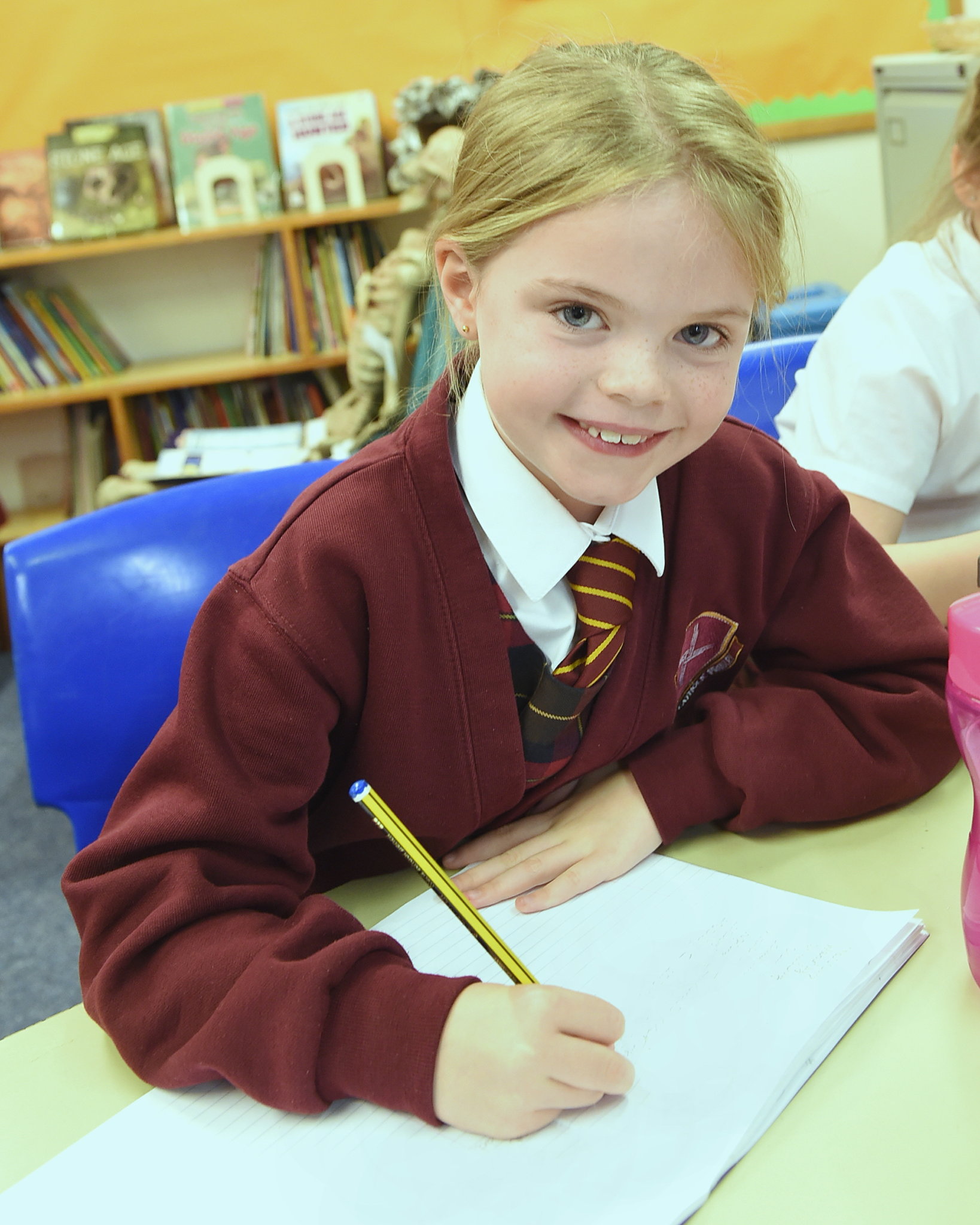
.jpeg)

